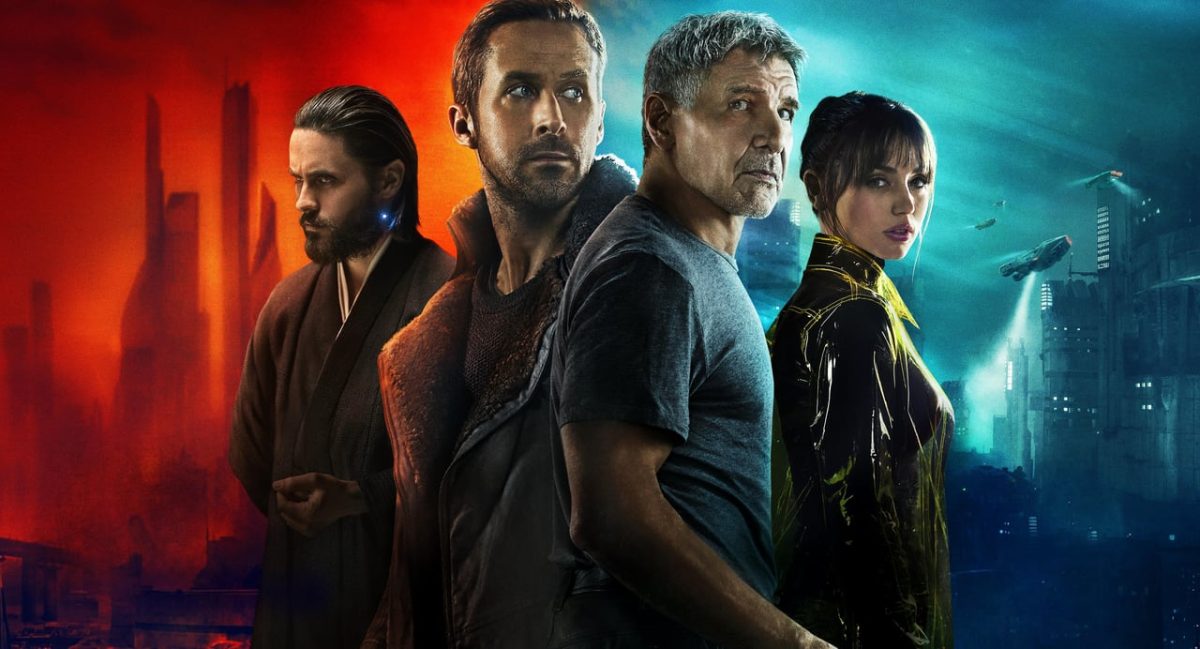Classic Sci-fi film Blade Runner returns after 35 years
“Blade Runner 2049,” released on Friday, is the sequel fans of the original have been waiting 35 years for.
The movie is set in the year 2049, 30 years after the events of the first movie and, just like the first one is set around, a blade runner. Ryan Gosling plays blade runner K, a cop whose job is to track down and “retire” (kill) bioengineered humans called replicants, who were made for slave labor but have disobeyed their orders.
In the year 2049, there are two types of replicants, the old rogue ones and the new ones made by an industrialist named Wallace who says the newer replicants will not disobey.
The movie begins with K on the job retiring one the rogue replicants.
While on the job, K finds something that quickly turns the movie from him hunting down replicants to him trying to remember and find out who he is.
They bring back the original blade runner Deckard, played by Harrison Ford.
Set in a technologically advanced world where everything is made to be as human as possible and to make the life of humans easier and more enjoyable.
How can people in this world distinguish between humans and these humanoids that they call replicants? For me, it was hard to tell at times.
While watching the movie, you find yourself asking questions like, “Are the blade runners cops doing their job or just assassins who are out killing their own people?”
You find yourself thinking like K, trying to decipher what is real and what is fake; how did the world become a place where such morally unacceptable things have become acceptable?
The movie is very well put together and visually appealing. The special effects and cgi were very good and not overused.
The movie is made to make you think, but there are some action scenes that add to the movie and a little bit of sex.
By the end of the movie you ask yourself, “Are the replicants more human than the actual humans?”

